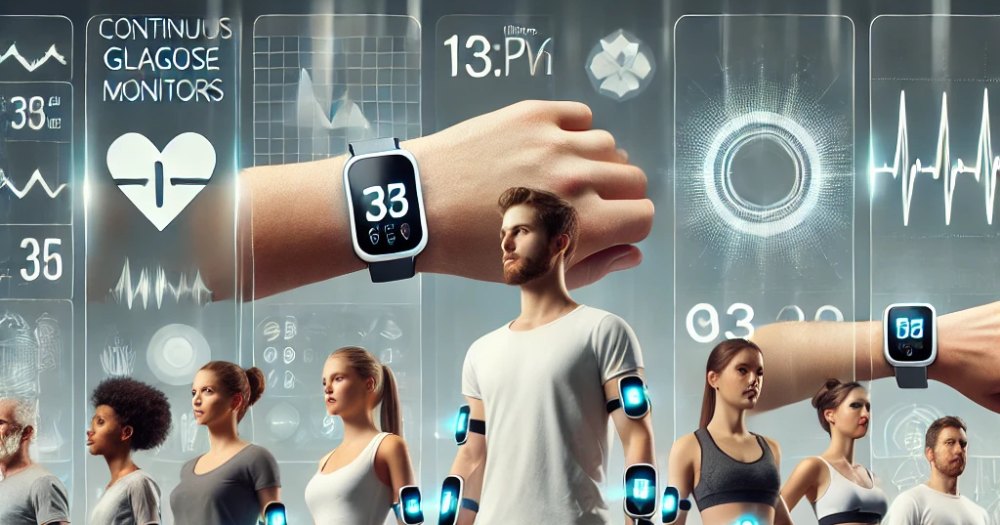Researchers: New generation of wearable sensors will fundamentally change medicine

The latest generation of wearable sensors is poised to revolutionize healthcare. These devices promise to analyze body fluids in ways that could transform both diagnostics and patient monitoring.
Researchers from ETH Zurich, along with international collaborators, have recently provided a comprehensive review of these technologies, outlining their potential and the critical factors necessary for their success.
How would it work?
Today's wearable devices, such as smartwatches, already track vital signs like heart rate and blood pressure. The future, however, lies in their ability to analyze biochemical markers from body fluids such as sweat, breath, saliva, tears, and urine. These sensors can provide continuous, non-invasive monitoring of health variables across all life stages and locations. For instance, sensors embedded in baby diapers could perform urine analyses, while face masks might detect viruses like SARS-CoV-2 without the discomfort of nasal swabs.
A critical aspect of their functionality is the integration of advanced signal processing and artificial intelligence. These technologies ensure that data is accurately collected, interpreted, and displayed in a user-friendly manner for both patients and healthcare professionals.
According to ETH Professor Jörg Goldhahn, "Careful validation of the measurement data will be key to whether a given device becomes established or not."
Why does it matter?
The implications of these wearable sensors are profound. They could drastically simplify and improve patient care, enabling early detection and intervention. For example, elderly individuals could benefit from devices that alert them to dehydration or critical electrolyte imbalances. Similarly, non-invasive methods to measure inflammation markers like CRP could provide dynamic insights into health trends, offering more actionable information than static lab results.
Moreover, these sensors have the potential to reduce healthcare costs and improve access. By minimizing the need for invasive procedures and lab visits, they make diagnostics more comfortable and accessible for patients, particularly vulnerable populations like infants and the elderly.
Dr. Noé Brasier, lead author of the ETH review, emphasized, "Attempts to take blood from babies and infants aren't always successful. It would be much easier and more convenient to have a sensor on the baby's skin or in their nappy."
The context
The evolution of wearable sensors aligns with broader trends in personalized medicine and digital health. While current devices have primarily focused on physical metrics, the ability to monitor biochemical data represents the next frontier. However, the path to widespread adoption is not without challenges. Developers must ensure that these devices are effective, user-friendly, and clinically relevant.
"Not everything that can be measured offers a clinical benefit," cautions Brasier. "It's a question of what that reading means in the relevant context and what the clinical consequences are."
Technical hurdles such as data reliability, energy consumption, and sensor durability must also be addressed. Additionally, regulatory approval and robust clinical validation remain critical to ensuring these devices deliver real-world benefits.
As Brasier aptly noted, "There is a lot of research and development work still left to do - not least when it comes to clinical concepts."
With their potential to provide continuous, real-time insights into health, wearable sensors are a cornerstone of the future of healthcare. While challenges remain, the possibilities are vast, offering hope for a more proactive and patient-centered approach to medicine.
💡Did you know?
You can take your DHArab experience to the next level with our Premium Membership.👉 Click here to learn more
🛠️Featured tool
 Easy-Peasy
Easy-Peasy
An all-in-one AI tool offering the ability to build no-code AI Bots, create articles & social media posts, convert text into natural speech in 40+ languages, create and edit images, generate videos, and more.
👉 Click here to learn more



